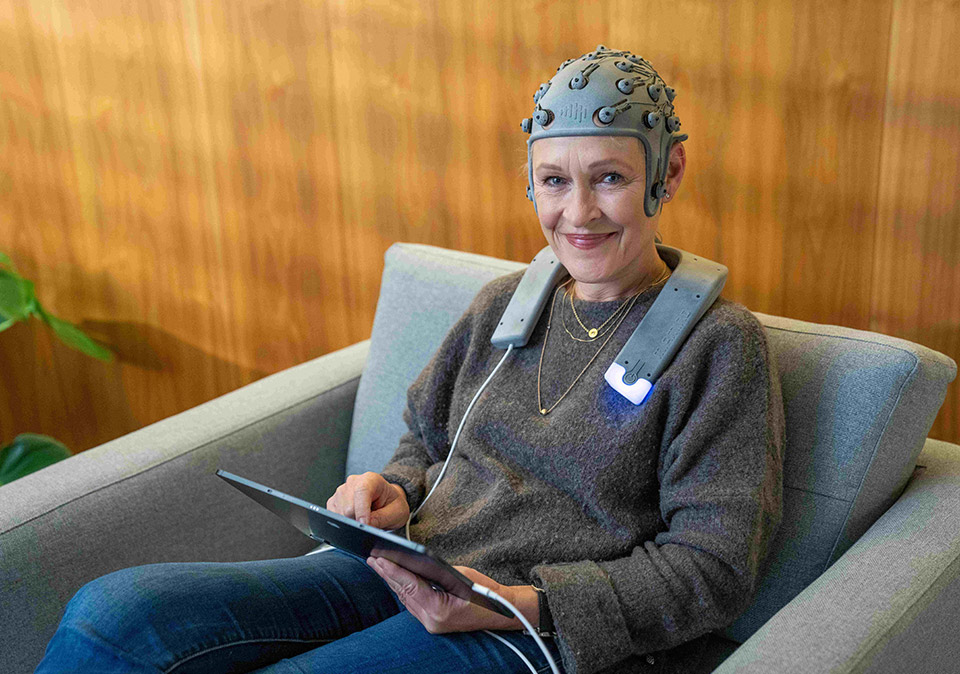How it Works: A Gentle Boost for Your Brain
tES involves applying a mild electrical current to influence brain activity. Think of your brain as an electrical circuit with neurons as wires. When brain circuits aren't optimal, it can affect mood, thinking, or memory. tES provides a tiny impulse of electricity to your brain using specialized pads or electrodes on your head. The electrical current can change the activity of the brain cells in the area where the electrodes are placed. It can make these parts of your brain more or less active, depending on your healthcare professional’s prescription. It's like a nudge to help your neurons communicate better. The weak and controlled current doesn't cause pain or harm. This medical procedure must be conducted under the guidance of a trained healthcare professional to make sure it's safe and suitable for you.

Types of tES: Choosing the Right Approach
There are two primary types of tES: Transcranial Direct Current Stimulation (tDCS) and Transcranial Alternating Current Stimulation (tACS). Both methods aim to influence brain activity, but they do it in different ways. tDCS offers a steady flow of gentle electrical current to boost or reduce specific brain areas' activity. On the other hand, tACS provides a rhythmic, back-and-forth current to synchronize brain activity with its frequency. By this, brain activity patterns which are disturbed by a disease can be restored and a healthy brain state can be reinduced.

Applications: Tailoring Treatment to Your Needs
Studies show that tDCS is effective in treating depression, trauma, and stroke recovery, altering neural activity and encouraging neuroplasticity by channelling low intensity direct currents for mood stabilization, trauma healing, and rehabilitation. tACS enhances neural oscillations in the targeted brain areas frequency specific, making it valuable in conditions like Alzheimer's Disease, where disrupted brain oscillations contribute to cognitive decline. The choice between tDCS and tACS depends on treatment goals, with various protocols influencing factors like stimulation frequency, duration, and targets.

The Bottneuro Custom tCS/EEG device is currently registered as a custom-made device (according to the UK MDR 2002 5 (1) & 15, Swiss MedDO Art. 10) for general tCS and EEG indications in the UK and Switzerland.
The prescribing qualified healthcare expert is responsible for the clinical application specific for an individual patient. The Bottneuro devices are currently not cleared for sales in the USA.